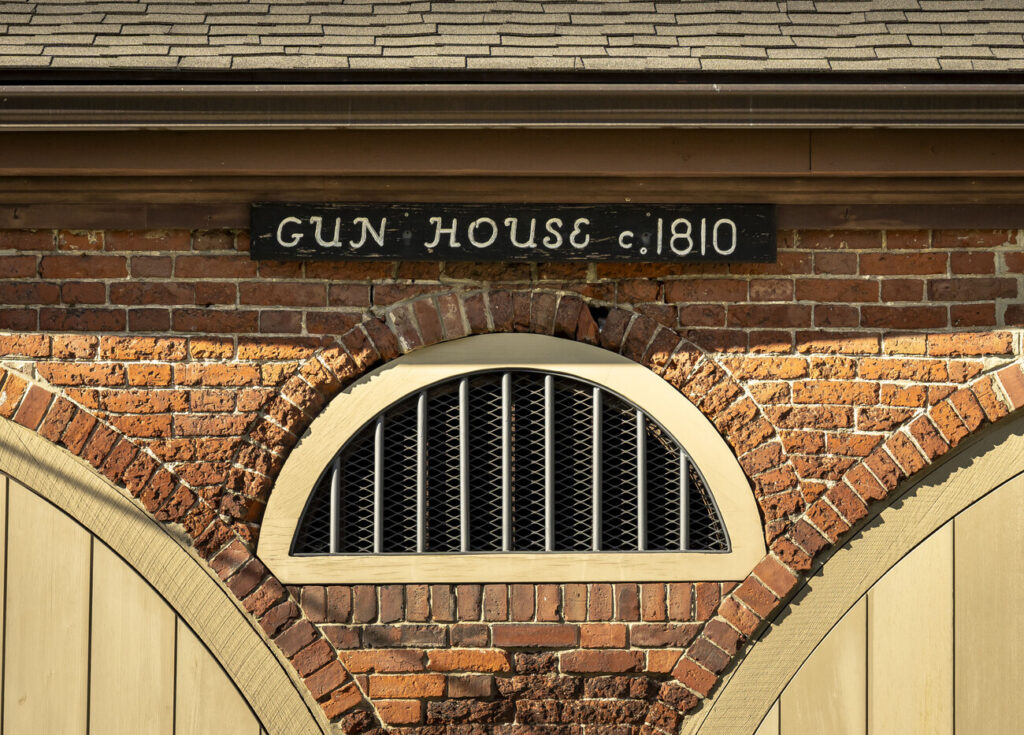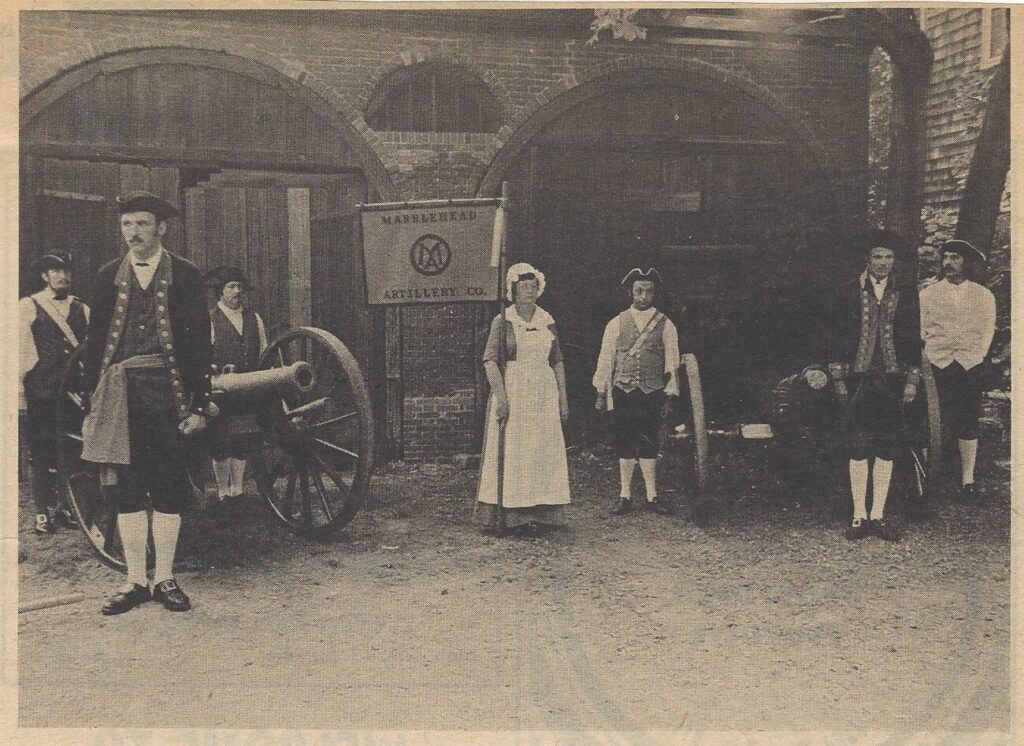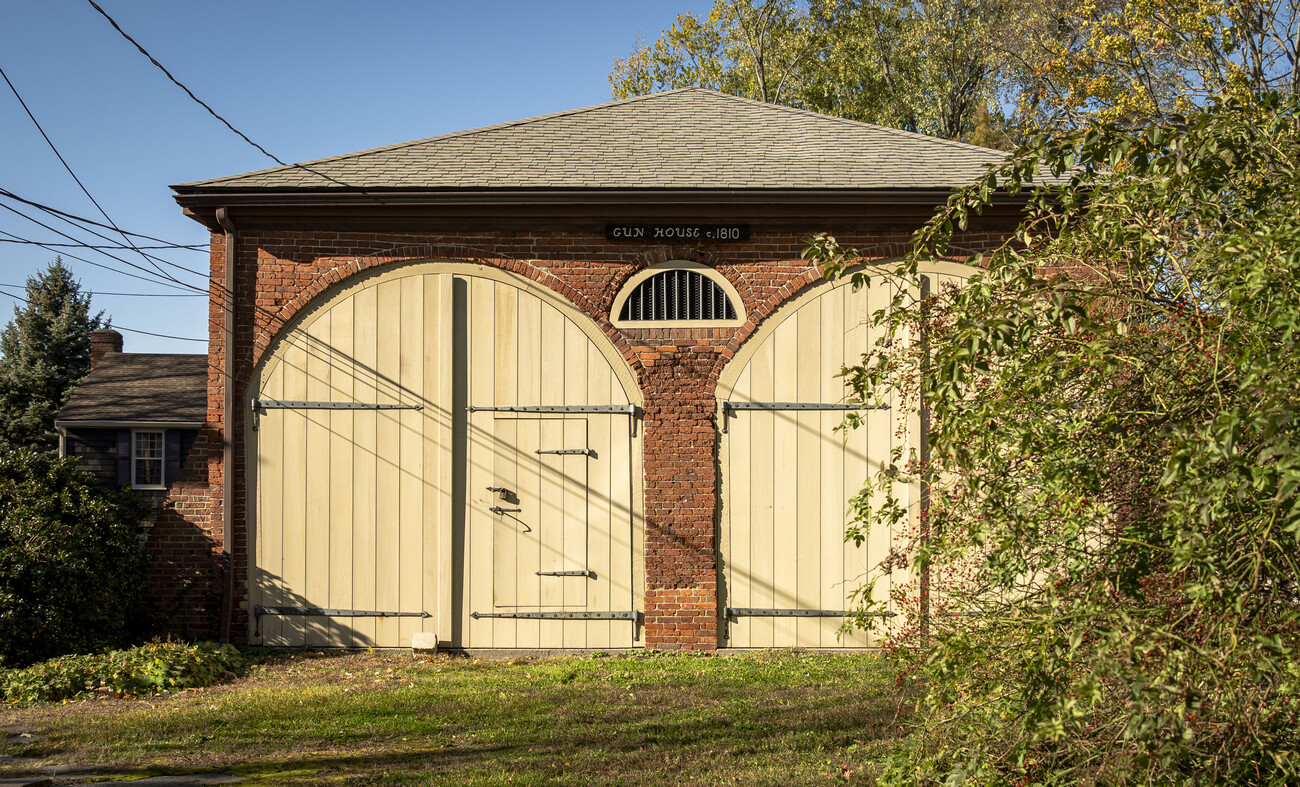Last week, I wrote about the building at 43 Elm St. This week’s building is not too far away. In fact, it is right next door.
Standing at 45 Elm St. is a building that has gone by many names throughout the years: the Marblehead Artillery, the armory, and now, the Gun House.
The Gun House has that name for a reason. A Sept. 24, 1808 letter requested a town meeting to discuss ceding land to the federal government for the construction of an armory so as to store arms for the protection of both the Customs House and the town forts, such as Sewall.

According to a document from the Massachusetts Cultural Resource Information System (MACRIS), sometime before the War of 1812, the federal government erected the Gun House on town land. The MACRIS document states the building was erected around 1809, while the building itself has a sign saying c. 1810.
As the threat of attack subsided as the 19th century continued, the federal government gave both the building and land back to the town in 1866. It seems the town had no use for it either, putting it up for auction.
At auction, “members of the Coffin family,” according to MACRIS, purchased the land. In 1972, John Coffin sold the Gun House back to the town for $10,000.
After all of the possession swapping, the land ended up back in the hands of the town — and close to the bicentennial of the Revolutionary War.

On Aug. 14, 1976, the town gathered together for the bicentennial and rededicated two of the town’s historic places, Fort Sewall and the Gun House. People dressed in historical garb and celebrated Marblehead’s involvement in some of the nation’s most important battles, including during the Revolutionary War and War of 1812.
Drawings from the Library of Congress Historic Americans Building Survey completed in 1936 note the architectural details of the Gun House, like the Flemish bond of the brick and the non-original garage doors.
Despite bouncing between owners and the amount of time since its construction, the Gun House remains yet another reminder of a small town’s big role in the early years of American history.

